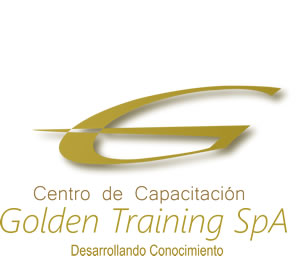Malla Curricular del Curso
• Describe the software-defined data center
• Explain the vSphere components and their function in the infrastructure
• Add ESXi hosts to a VMware vCenter Server Appliance™ instance
• Manage vCenter Server Appliance
• Use a local content library as an ISO store, and deploy a virtual machine
• Describe vCenter Server architecture
• Use vCenter Server to manage an ESXi host
• Configure and manage vSphere infrastructure with VMware Host Client and VMware vSphere® Client
• Describe virtual networks with vSphere standard switches
• Configure standard switch policies
• Use vCenter Server to manage various types of host storage: VMware vSphere VMFS, NFS, iSCSI, and RDM
• Examine the features and functions of Fibre Channel and VMware vSAN
• Manage virtual machines, templates, clones, and snapshots
• Migrate virtual machines with VMware vSphere vMotion
• Migrate virtual machine storage with VMware vSphere Storage vMotion
• Monitor resource usage, and manage resource pools
• Discuss the VMware vSphere High Availability (vSphere HA) cluster architecture
• Configure vSphere HA
• Manage vSphere HA and VMware vSphere Fault Tolerance
• Use VMware vSphere Replication and VMware vSphere Data Protection to replicate virtual
machines and perform data recovery
• Use VMware vSphere Distributed Resource Scheduler clusters to improve host scalability
• Use VMware vSphere Update Manager to apply patches and perform basic troubleshooting of ESXi hosts, virtual machines, and vCenter Server operations
• Identify troubleshooting methodology to logically diagnose faults and improve troubleshooting efficiency
